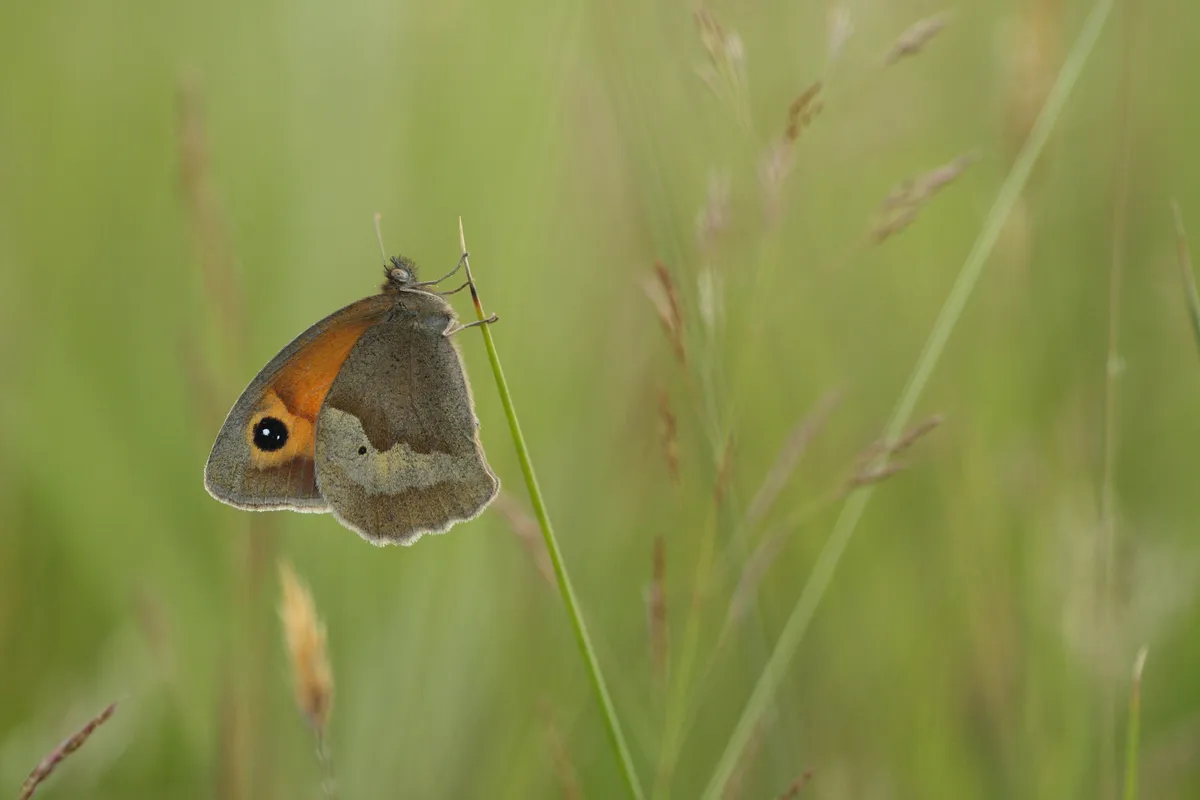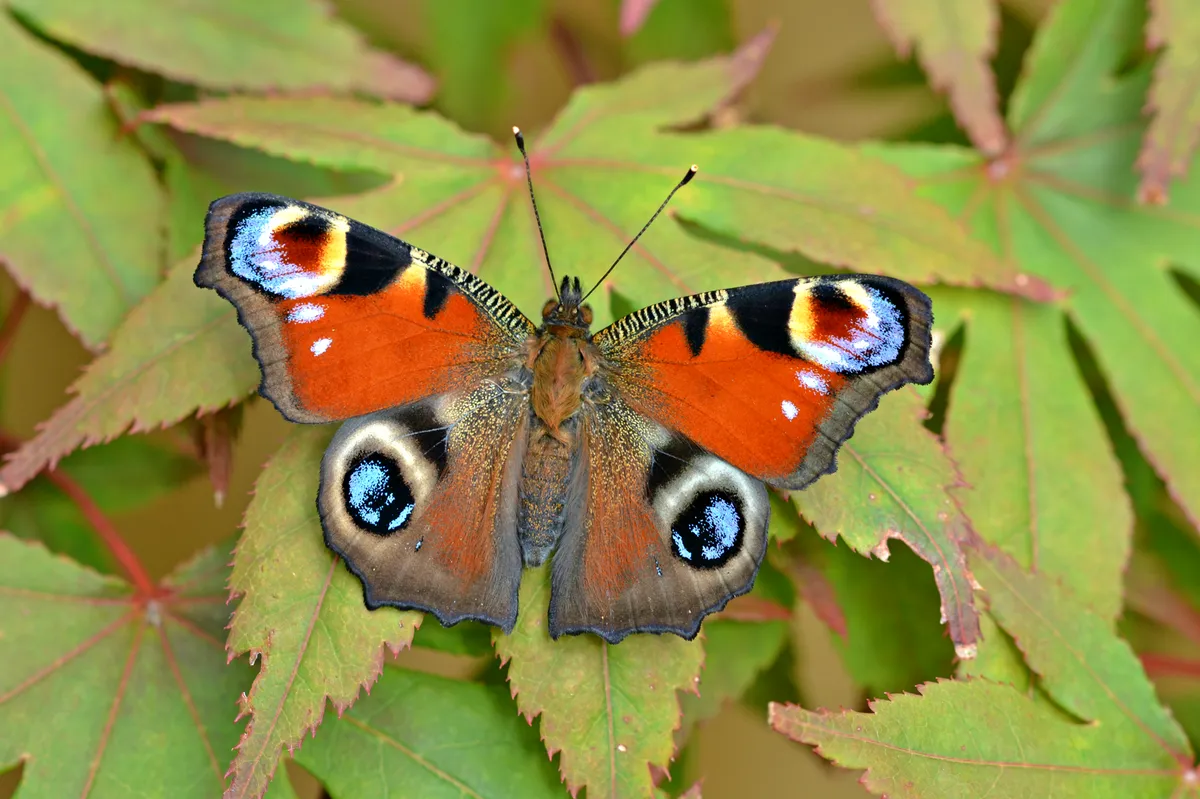Butterflies are an undeniable joy to see in our gardens in summer, fluttering among our flowers and shrubs before resting to feed on sweet nectar in the sunshine.
Here's the results of the 2024 Big Butterfly Count
You may also like
- The best plants for butterflies
- Boost your butterfly numbers in your garden by doing this one thing
- Planting to support butterfly and moth caterpillars
- Ten butterflies to identify
While they are a beautiful sight in our gardens, butterflies are among the most threatened groups of wildlife in the UK, with numbers decreasing significantly since the 1970s. This is worrying because butterflies are a vital part of ecosystems, not only as pollinators, but as part of the food chain too.
Butterfly declines are an early warning for other wildlife losses, which is why tracking numbers as part of the Big Butterfly Count will help scientists understand wider changes in the environment and take action for protecting butterflies and other wildlife.
Don't miss our round up of the best plants for butterflies.
Big Butterfly Count 2025: Everything you need to know
What is the Big Butterfly Count?
The Big Butterfly Count is a nationwide survey that helps wildlife charity Butterfly Conservation better understand the UK's butterfly population and assess the health of our environment, simply by counting the number and type of butterflies and day-flying moths we see.
The survey first launched in 2010, and last year over 100,000 people took part. The Small white butterfly was the most counted butterfly last year, followed by the Large white and the Meadow brown.
When is the Big Butterfly Count 2025?
This year the survey takes place 18 July to 10 August.
How can I take part in the Big Butterfly Count?
Firstly, download a Butterfly ID chart from the Big Butterfly Count website or download the free Big Butterfly Count app. This is available for IOS and Android.
Some time between 18 July and 10 August, choose a place to do your butterfly count – perhaps in your garden or a local green space. Watch for 15 minutes.
Record the butterflies and day-flying moths you see on your printed ID chart or on the Big Butterfly Count website or via the app.

How can I tell the difference between moths and butterflies?
Most butterflies wings are folded vertically over their backs, while most moths wings are held horizontally when resting. This isn't definitive for all species but how they hold their wings when resting is a useful characteristic for identifying butterflies and moths.
Why is the Big Butterfly Count important?
Butterflies and moths are among the most threatened groups of wildlife in the UK, with approximately half of our native species on the red list.
Data from the Big Butterfly Count will help Butterfly Conservation identify important trends in species and assist in their planning for how to protect butterflies from extinction, as well as understanding the effect of climate change on wildlife.

How do I attract butterflies to my garden?
The best way to attract butterflies to your garden is to plant lots of pollinator-friendly plants that will provide nectar for the butterflies. Pollinator-friendly plants include buddleia, lavender, salvia and verbena bonariensis. Butterflies like warmth so try to plant your plants in a sunny, sheltered spot. Read our guide to attracting bees, butterflies and other pollinators to your garden.
Prolong flowering by deadheading flowers, and don't use insecticides and pesticides – they kill butterflies and many pollinating insects as well as ladybirds, ground beetles and spiders.
